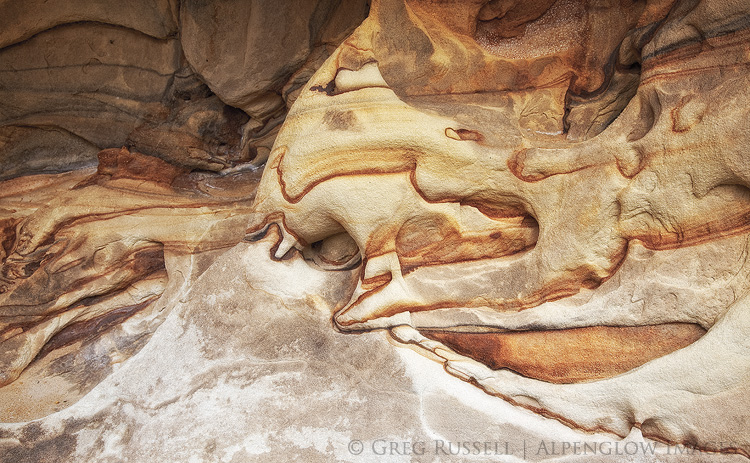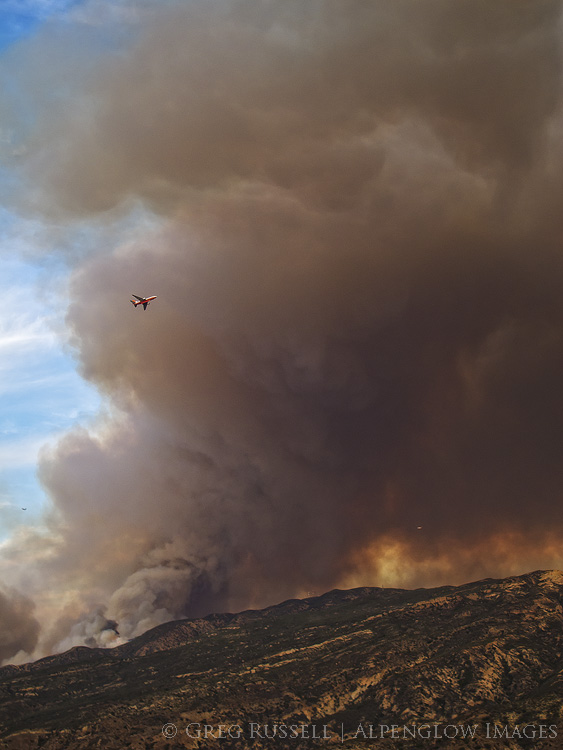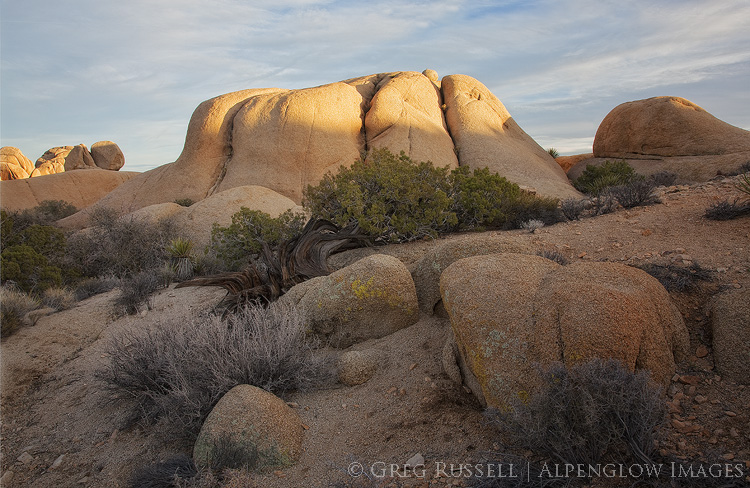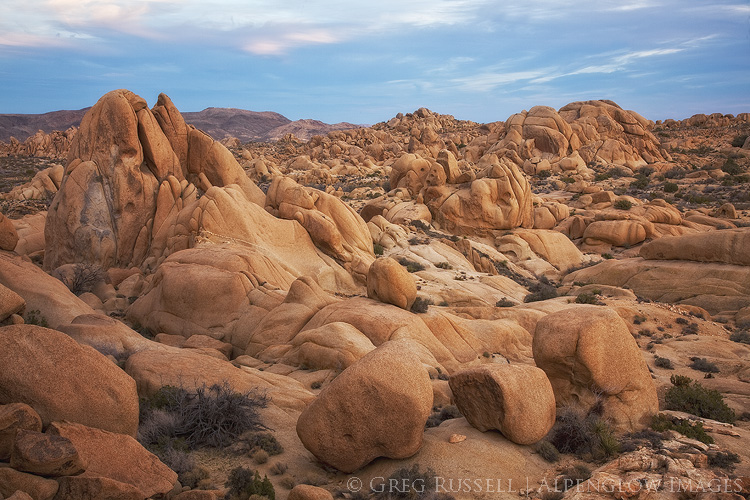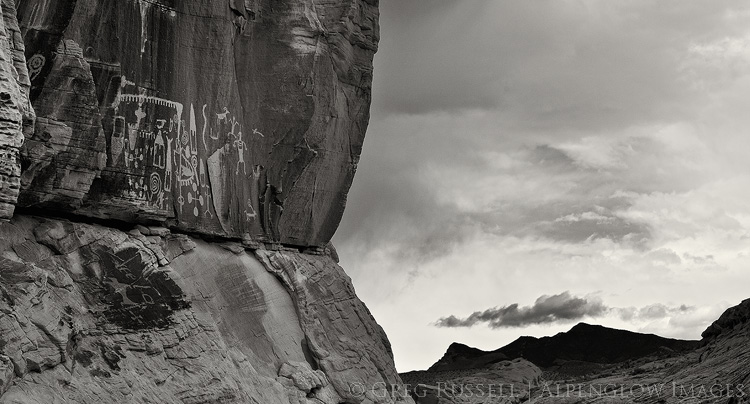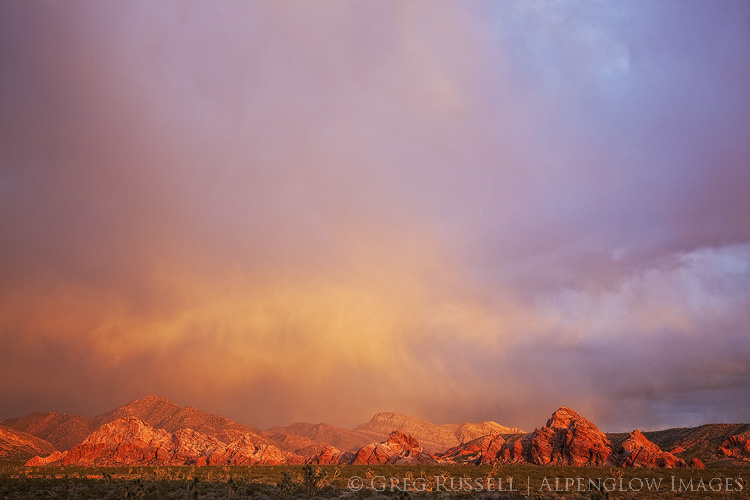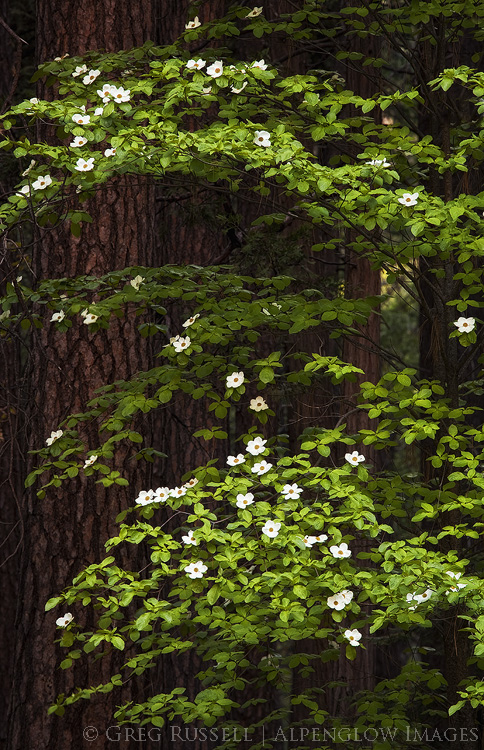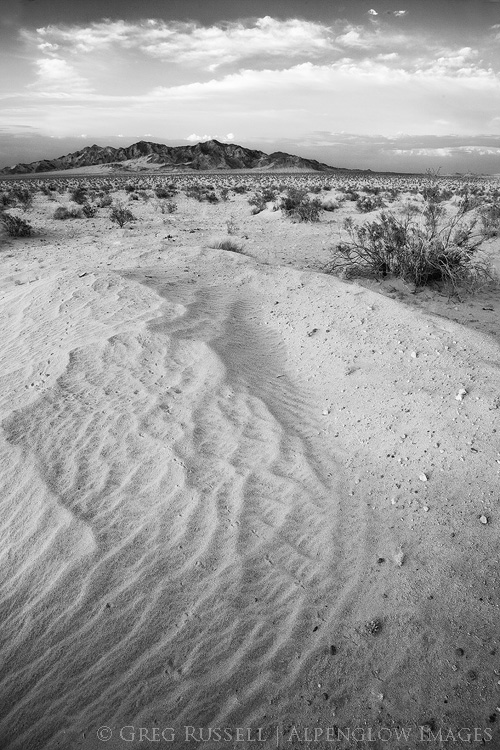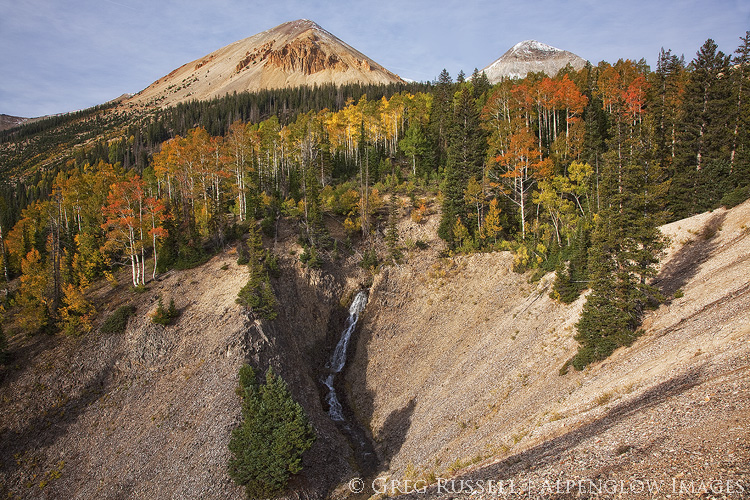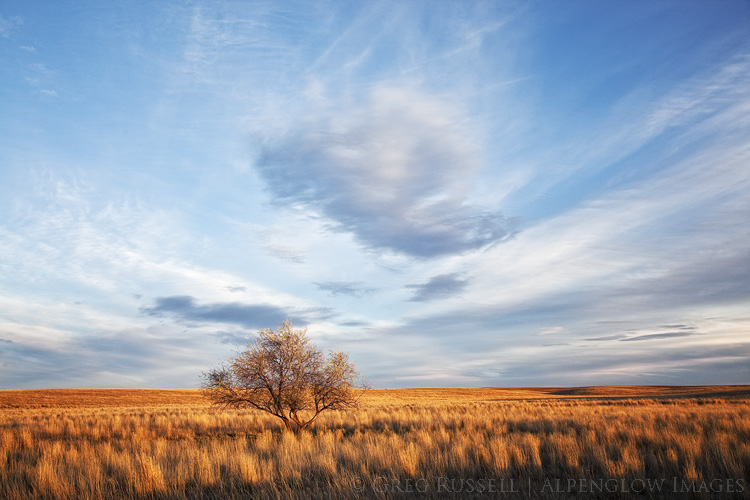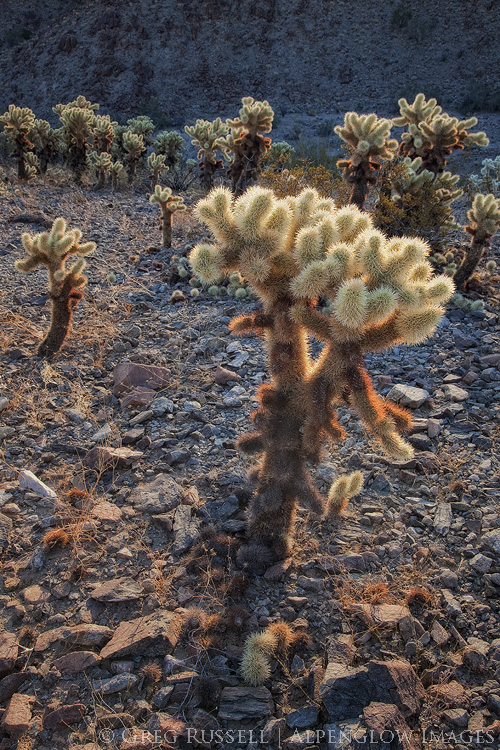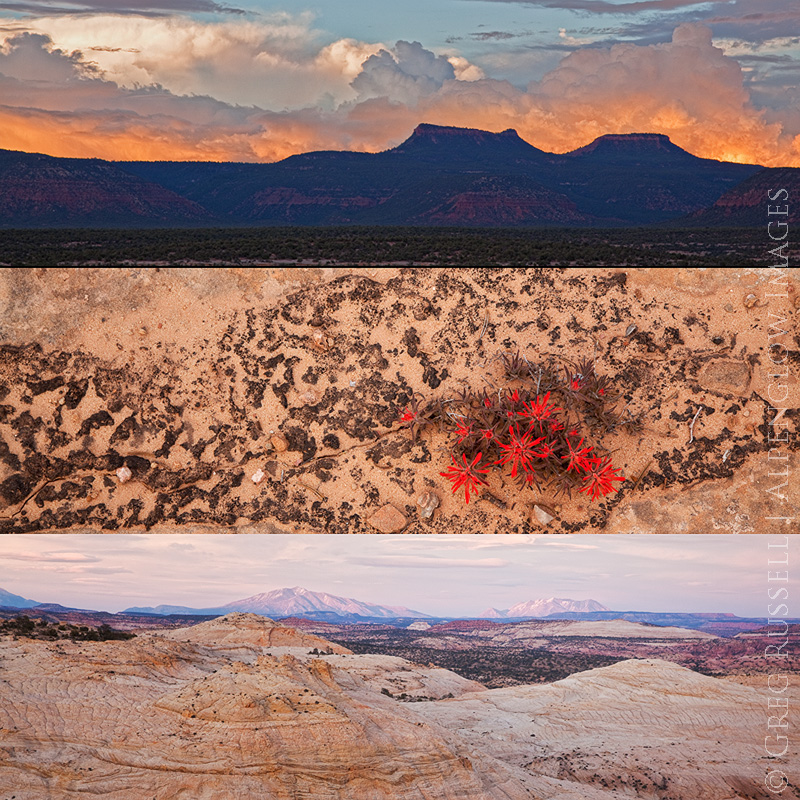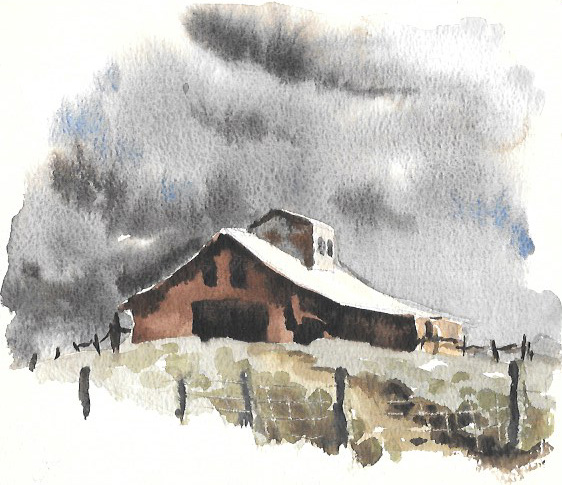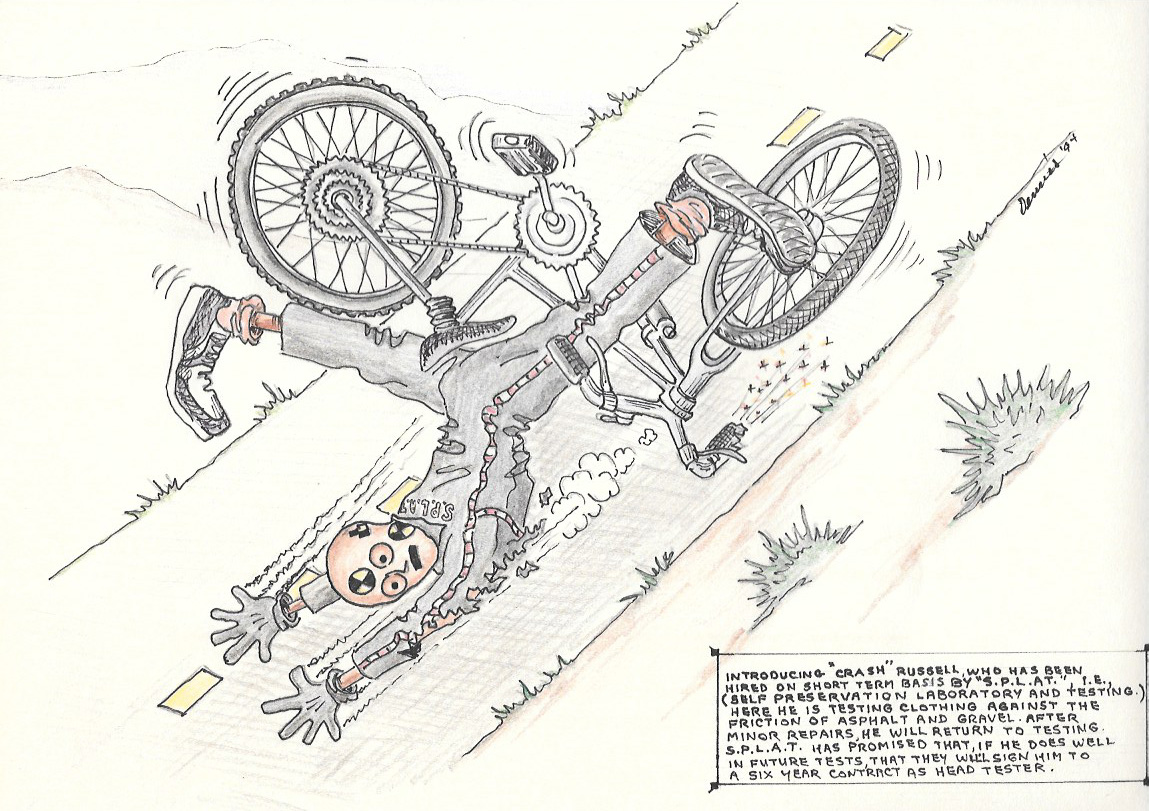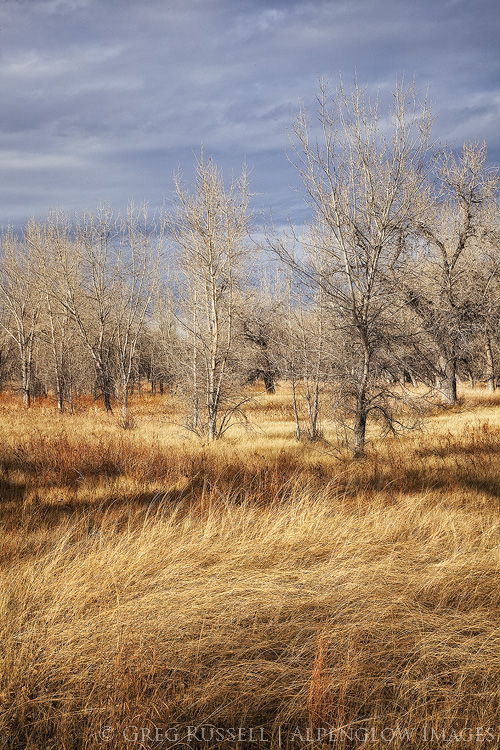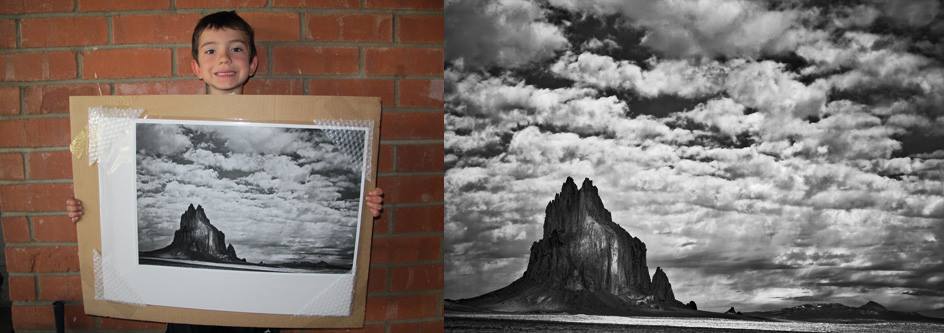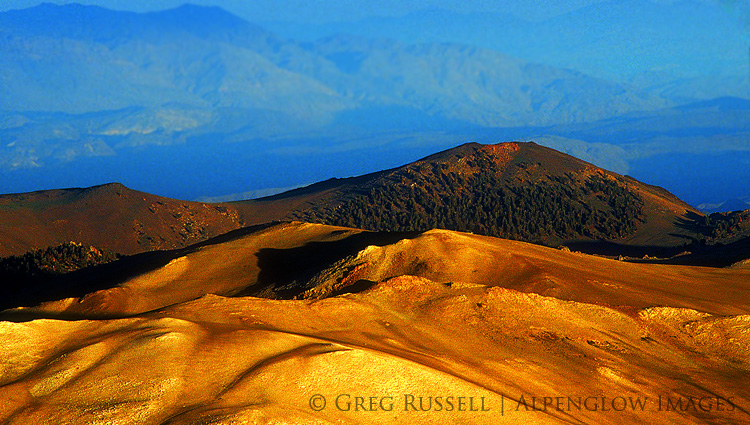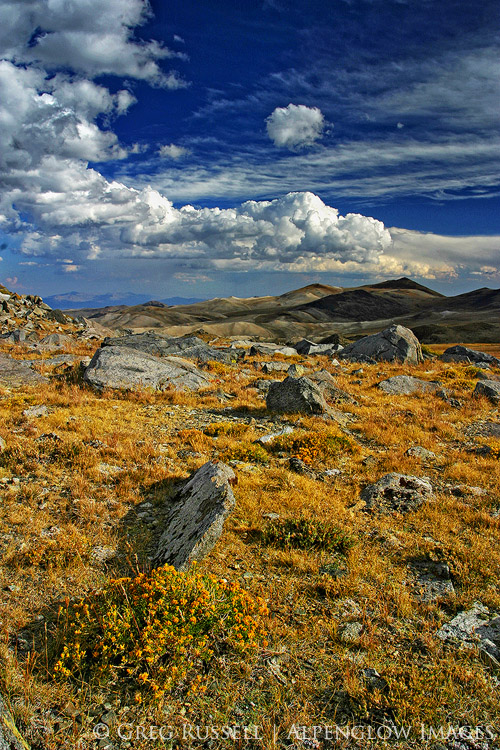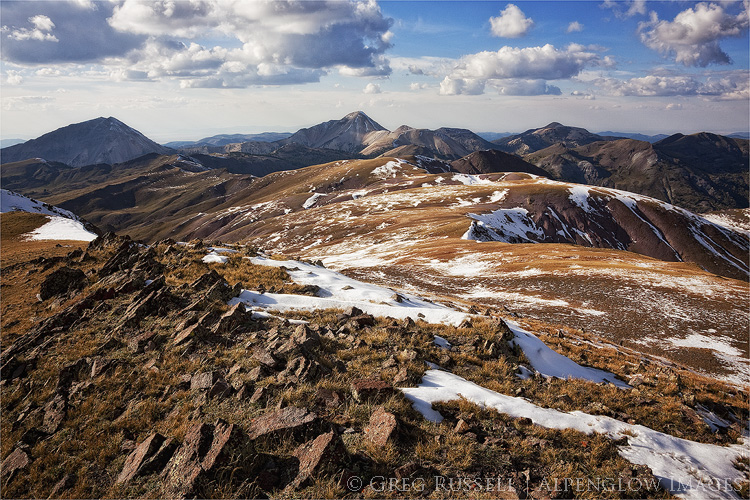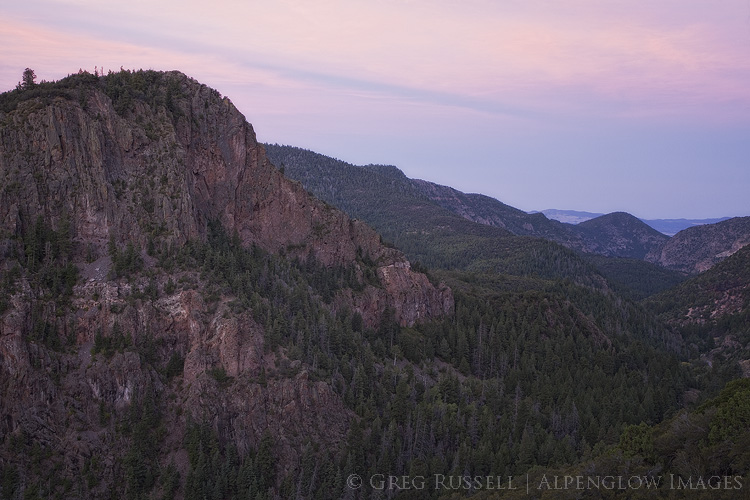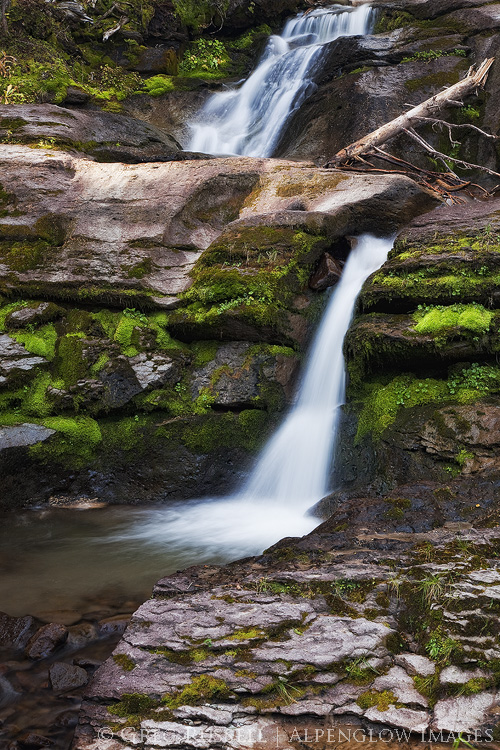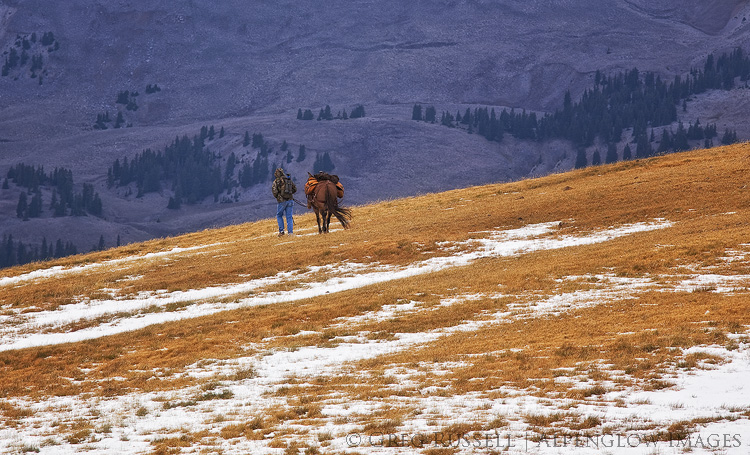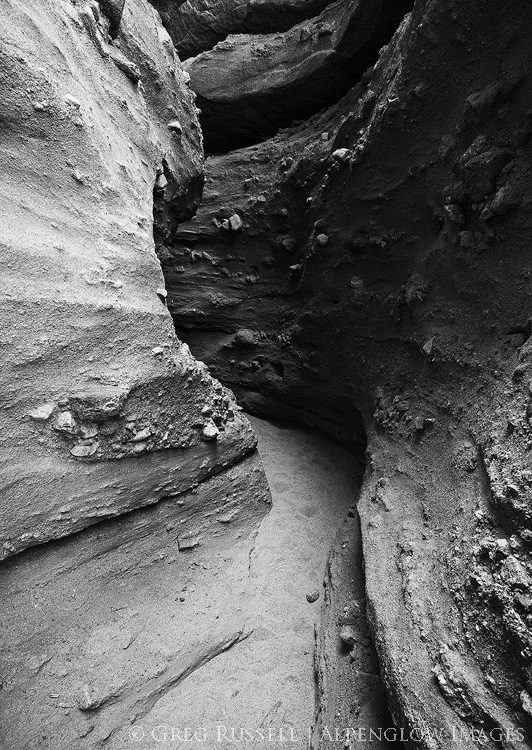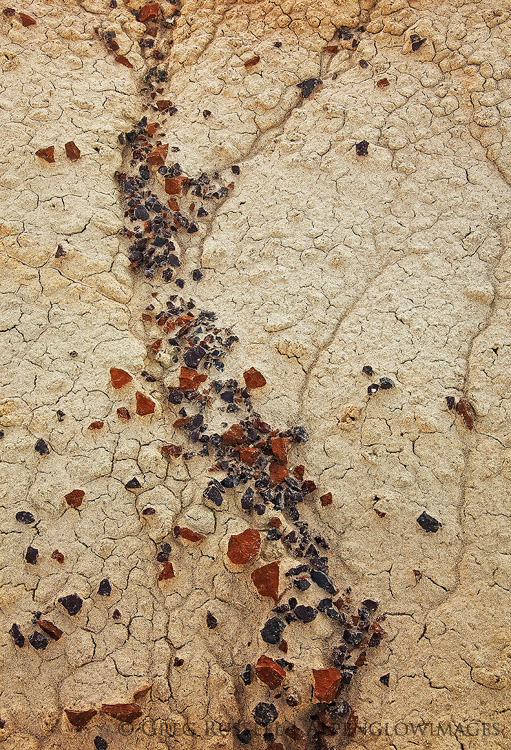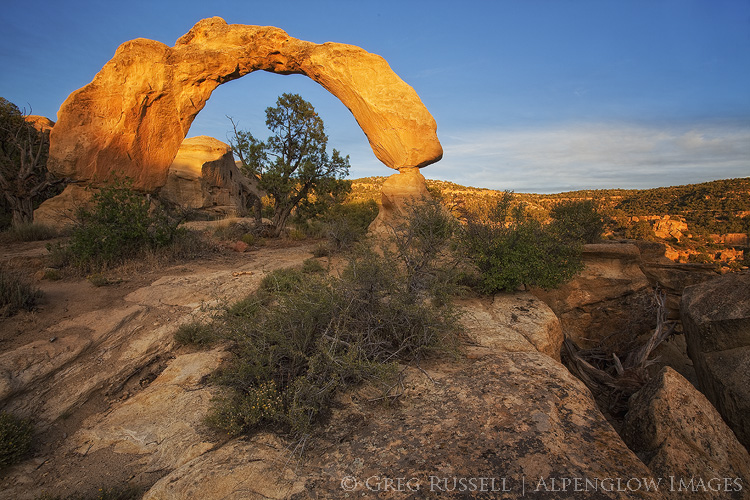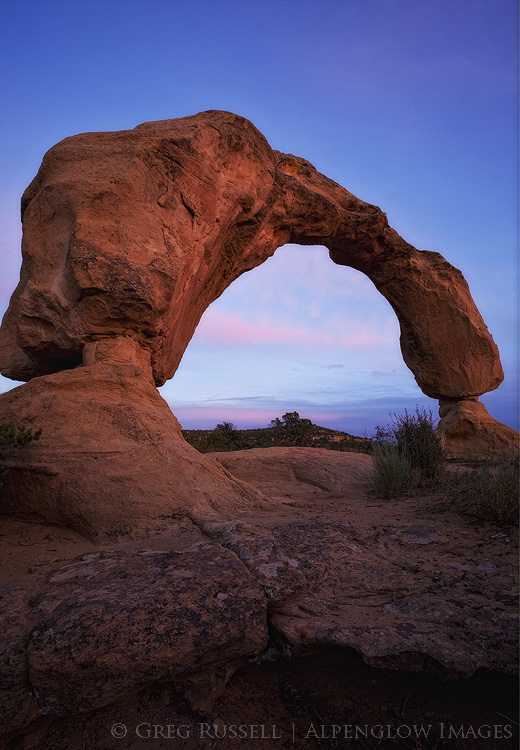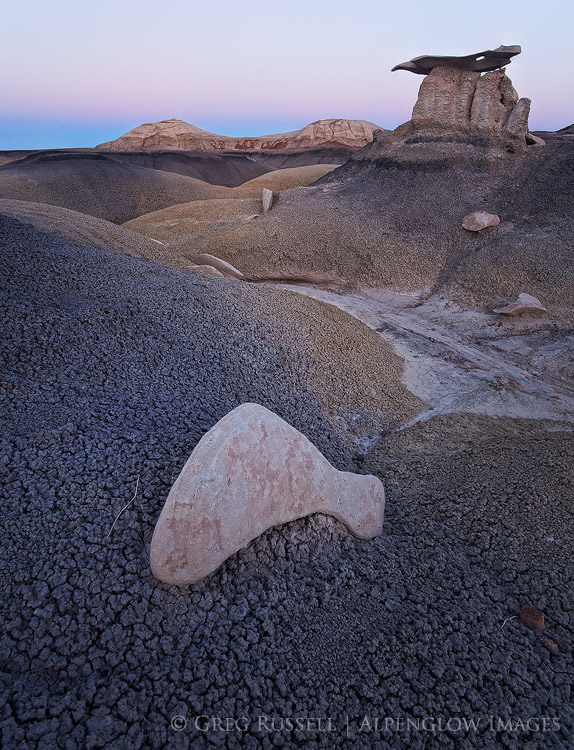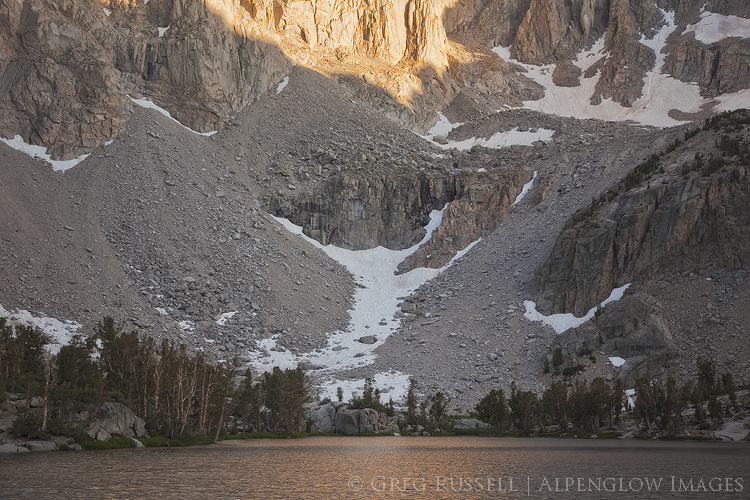As expected, earlier this week the president reduced the size of both Grand Staircase-Escalante National Monument, and Bears Ears National Monument in Utah. This was the largest scale back of national monuments in history. Many are questioning not only of the legality of the president’s proclamation but also transparency behind the monument review process. During the time it’s taking to answer these questions, everyone seems to have an opinion on this move. Unfortunately, I’m reading a lot of misinformation that has helped to form many of these opinions (from both “sides” such as they are).
It’s no secret which side of the barbed wire fence I’m on, however I thought it would be helpful to put opinions aside for a minute and address some major misconceptions surrounding these national monuments, and to put some of the current state of things in a historical context. Late last year I wrote a blog post on public lands in the West, so you may want to start there.
1. The monuments were nothing but land grabs in the first place.
I’m starting with this one, because it’s the claim I have the most difficulty wrapping my head around. Both the Grand Staircase-Escalante and Bears Ears National Monuments were public land before and after their monument designations. The designation changed from unappropriated public lands to national monument, and with that came a change in some (but not all) management policies but it is impossible for the federal government to have grabbed land from itself.
There is one caveat to this. State trust lands represent one section in each 32-section township. They are federal land that was granted to states upon their entry into the union, and are usually considered revenue-generating land for the state. The revenue from trust lands almost always benefits public education. When both monuments were designated, some trust lands were included in those designations.
To compensate for this loss of revenue in Utah when Grand Staircase-Escalante was designated in 1996, the federal government gave the state some of its land outside of the monument in exchange for the state trust lands inside of the monument. Because of the mineral-rich quality of the new land, those parcels are now estimated to be worth over $1 billion. In addition, the US government gave Utah $50 million. This land and cash swap received overwhelming bipartisan support. A similar swap was in the plan for Bears Ears.
2. It’s good that the president gave the land back to Utah
See #1 above. There was no land to give back to Utah, since it was federal land to start with. In fact, Article III of Utah’s constitution specifically says that the land slashed from these two national monuments is not Utah’s land until it’s sold to the state.
Since it was federal land before the monument designations, it remains what is called unappropriated public land. This simply means it has no title tied to it like National Monument, National Recreation Area, National Park, etc.
3. Without national monument status, the vast landscape of the Bears Ears region will be subjected to unchecked exploitation.
Utah Governor Gary Herbert addressed this with a misleading statement earlier this week in the Deseret News. What he didn’t mention is that state trust lands can (and have) been sold off in the recent past. In 2015, a section of state trust land on Comb Ridge was sold; that could be developed, but also restricts public access. One can only speculate whether this would happen again, but no one can say that it couldn’t. Finally, interjecting here with a bit of my opinion: When these lands are sold, they create a discontinuous cultural landscape, and are gone for good.
4. Ranchers have been kicked out of their historic range.
This is untrue. The original monument proclamation at Grand Staircase-Escalante in 1996 included specific language to keep grazing permits intact. See this document from the BLM regarding grazing.
5. National monuments aren’t good for the economy.
National monuments bring tourism to the area, and with that comes jobs. While some studies show an increase in per capita income, others show no change, but no studies show a decline.
6. Hunting and fishing isn’t allowed on national monuments, nor is anything else my family has done for generations.
There is concern that activities that people have enjoyed for decades will be forbidden or limited with national monument designations. To be sure, national parks do limit certain activities, such as collection of herbs or plant material, and very few parks allow hunting. However, monuments are different. Backcountry Hunters & Anglers has a really nice interactive webpage to illustrate exactly what is hunted in each of the national monuments that have been identified for “modification.” Further, Utah Diné Bikeyah outlines what else is allowed in Bears Ears National Monument on their website.
7. Archaeological sites have always been protected, so the monument designation is meaningless (i.e., it doesn’t add any additional protections).
In a recent statement, Secretary of the Interior Zinke said, “Whether these resources are found on land designated as a monument, national forest, BLM- managed public land, or other federal land, it is generally illegal to remove or disrupt these resources without a permit issued by the federal government.” True enough, but with the amount of looting that has been documented, there’s no way anyone sane could claim these places have had any meaningful protection pre-monument. See a Washington Post article here, and a Smithsonian Magazine article here that discuss the looting problem in more detail.
However, it’s important to have correct information as you build your opinions, so what would you add? Have you heard any misconceptions regarding these monuments, or the monument review that happened earlier this year? Let me know and I can add it in to this blog post.
